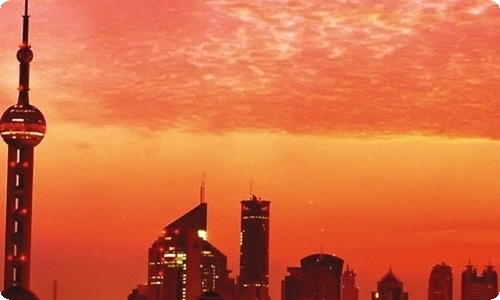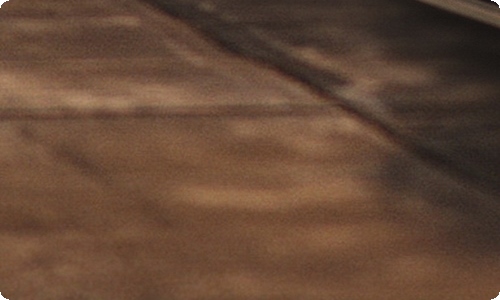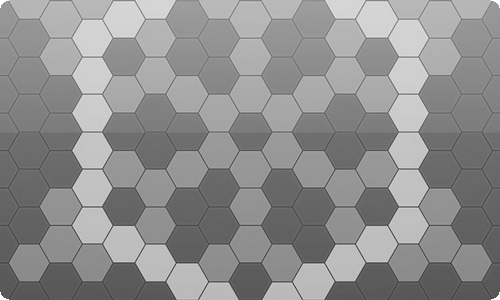
Sydney旅游英语
Sydney
Australia''s premier city is the oldest settlement in Australia, the economic powerhouse of the nation and the country''s capital, Canberra is everything but name. Built on the shores of the stunning Port Jackson, you would have to die and go to heaven before you see a more spectacular setting for a city. It''s a vital, self-regarding metropolis, making itself a melting pot with people from all over the world.
When to Go
The best times to visit are of spring and autumn, especially around March to April or October to November. Sydney is blessed with a temperate climate. Sometimes torrential downpours often break the heat between October and March. Winters are cool rather than cold. Beach lovers unperturbed by the hazards of lizard-skin should come between December and February.
Sydney Harbor
The harbor is the defining characteristic of the city. Its multiple sandstone headlands, dramatic cliffs, rocky islands and stunning bays and beaches, make it one of the most beautiful stretches of water in the world. Officially called Port Jackson, the harbor stretches some 20km inland to join the mouth of the Parramatta River. The most scenic area is on the ocean side of the bridge. The Sydney Harbor National Park protects the scattered pockets of bushland around the harbour and offers good walking tracks. The best way to experience the harbour is to go sailing, but if you''re lacking nautical skills there are plenty of ways to enjoy it. Try catching the Manly ferry, swimming at Nielsen Park, walking from Manly to Spit Bridge, having a drink at Watsons Bay, dining with a view at Rose Bay, Balmoral or Circular Quay, or cruising to the heads on the Bounty.
Sydney Opera House
Australia''s most recognizable icon is dramatically situated on the eastern headland of Circular Quay. Its famous sail- and shell-like roofs were inspired by palm fronds, according to architect Jorn Utzon, but may remind you of turtles engaging in sexual congress. The Opera House is so unique that it has been photographed a zillion times, appears on an army of cheap t-shirts, every other Sydney postcard and decorates the frames of Dame Edna''s dramatic glasses. It was built between 1959 and 1973, but plagued with construction delays and political difficulties which culminated in the resignation of Utzon in 1966. Although some visitors are disappointed by the interior, designed by a consortium of Australians after Utzon quit, it''s a truly memorable place to see a performance or to sit at one of its outdoor cafes with a bottle of white wine and watch harbour life go by. The Opera House hosts theatre, classical music, ballet and film, as well as the seasonal opera performances. There is free music on the prow of the Opera House on weekends and a craft market on the forecourt on Sunday.
The Rocks
The Rocks is the oldest, quaintest part of Sydney. Today it is unrecognizable from the squalid, overcrowded and plague-ridden place it used to be. Reinvented by visionaries in the building industry and the trade union movement in the 1970s, the Rocks is now a sanitized, historical tourist precinct, full of cobbled streets, colonial buildings and stuffed koalas. If you ignore the kitsch, a stroll around the Rocks can be delightful. Attractions include the weekend market, the Earth Exchange geological and mining museum, and numerous craft shops and art galleries.
But it''s the old buildings, alleyways and historic facades that attract most visitors. Try exploring the less developed areas in the contiguous suburb of Millers Point, which has not sacrificed its community life to the tourist dollar. Check out the Lord Nelson Brewery Hotel and The Hero of Waterloo, two of Sydney''s oldest pubs.
Circular Quay
Circular Quay is built around Sydney Cove and is considered by many to be the focal point of the city. The first European settlement in Australia grew around the Tank Stream which now runs underground into the harbour here. For many years this was the shipping centre of Sydney, but it''s now both a commuting hub and a recreational space, combining ferry quays, a railway station and the Overseas Passenger Terminal with harbour walkways, restaurants, buskers, parks, the Museum of Contemporary Art and, of course, the Sydney Opera House.
Macquarie Street
Sydney''s greatest concentration of early public buildings grace Macquarie St, many of them commissioned by Governor Macquarie and designed by the convict architect Francis Greenway. The most impressive are the elegant, two-storied Parliament House, Sydney Hospital, the Mint Building, the exquisite Hyde Park Barracks, St James Church and the voluminous State Library. The Barracks and the Mint are now museums, the library hosts exhibitions and there are tours of both the hospital and Parliament House. Macquarie St is the eastern boundary of the Central Business District and borders the Domain and the Royal Botanic Gardens. It runs from Hyde Park to Circular Quay.
The Domain, Art Gallery & Botanic Gardens
The Domain is a large grassy area east of Macquarie St which was set aside by Governor Phillip for public recreation. Today it is used by city workers for lunchtime sports and as a place to escape the bustle of the city. On Sunday afternoons, it''s the gathering place for impassioned soapbox speakers, who do their best to entertain or enrage their listeners. It is also the venue for free events held during the festival of Sydney in January and the popular Carols by Candlelight at Christmas. The Art Gallery of New South Wales is in the northeast corner of the Domain. It has excellent permanent exhibitions of Australian, European, Japanese and tribal art, and has some inspired temporary exhibits.
The Royal Botanic Gardens encompass Farm Cove, the first bay east of Circular Quay, and include the site of the colony''s first vegetable patch. They contain a magnificent collection of South Pacific plant life, tropical displays in the Arc and Pyramid glasshouses, and a beautiful, old-fashioned formal rose garden. The spectacularly located gardens are a favoured spot for family picnics and wedding photographs.
Darling Harbour
This huge waterfront tourist and leisure park comprises walkways, gardens, museums, an aquarium, convention centre, casino, eateries and shops. It was once a thriving dockland area, but it declined to the level of an urban eyesore before being reinvented as Darling Harbour in the 1980s by a combination of vision, planning, politicking, forbearance and huge amounts of cash. The emphasis is on casual fun and enjoyment of the kind appreciated by families with small children and coach tourists. The highlights are the Sydney Aquarium, the Australian National Maritime Museum, the water sculpture, the Chinese Garden, the massive IMAX cinema, and the nearby Powerhouse Museum, Sydney''s most spectacular museum.
Bondi Beach
Bondi Beach is the grand dame of Sydney''s beaches with a magnificent sweep of sand and a never-ending series of majestic rollers crashing into the shallows. The suburb of Bondi Beach is an eclectic mix of ice cream parlours, designer cafes, greasy fish & chips joints, kosher shops and surf fashion stores. The seafront promenade and pavilion have been given a welcome facelift; car parking and fixing the offshore sewage outlets remain the only problems.
Ku-Ring-Gai-Chase National Park
[R-p6]Ku-Ring-Gai Chase National Park covers 150 sq km (60 sq mi) of sandstone bushland at the mouth of the Hawkesbury River, 24km (15mi) north of Sydney. The park has over 100km (60mi) of shoreline, plenty of forest and wildlife, a number of walking tracks and some magnificent Aboriginal rock art. Elevated parts of the park offer superb views across Pittwater towards the northernmost suburbs of Sydney.
Royal National Park
The Royal National Park, 35km (22mi) south of city, is the oldest gazetted national park in the world. The sea of low scrub which covered the sandstone plateau in the north of the park was devastated by the 1994 bushfires, but the forested river valleys and the beaches were unscathed. The park is dissected by the Hacking River and there are riverside picnic and boat hiring facilities at Audley. There''s a spectacular 26km (16mi) coastal track stretching the length of the park, which is accessible from Bundeena. It passes the lovely lagoon beach at Wattamolla, and the popular surfing spot at Garie Beach. The best views are from the southern boundary of the park overlooking Bulli from the edge of the Illawarra escarpment.
Most visitors to Sydney arrive at Kingsford Smith airport. Airfares to Australia are expensive - it''s a long way from anywhere and flights are often heavily booked. The most pleasant way to get around in Sydney is by ferry. A trip on the Manly Ferry is the best way to experience the harbor if you can''t charm someone into taking you sailing. Major roads from Sydney go north to Newcastle, west to the Blue Mountains, south to Melbourne and Canberra and down the south coast to Wollongong.
Anyway, you will certainly find this trip to Sydney Australia one of your most memorable experiences in your life. The trip will leave you sweet memories that you would like to share with your family and your friends.




